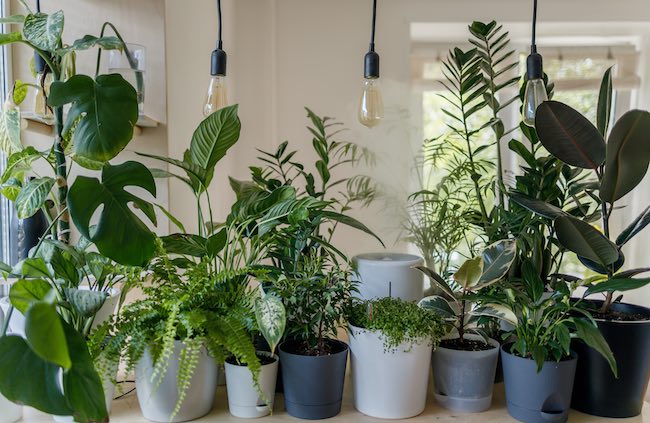
Find out about the origin of house plants
Essentially, house plants come from the forests, jungles and deserts of the tropics and sub-tropics. However, that is not the complete picture. Several species from the Mediterranean and the Canary Islands have contributed to the range of plants available, including Olive trees and fan palms, Euphorbia and Aeonium. A large number of succulents hale from the drier parts of southern Africa, such as Aloe, Haworthia and the living stones, Lithops. Humid Africa has provided Dracaena and Peperomia and Saintpaulia. South Africa is the home of many of the more beautiful bulbs, such as Freesia and Lachenalia.
Central and South America have also been very productive areas for the house plant collector. In particular, most of the true cacti come from the desert regions, but some epiphytic species, such as the Christmas cactus are found in the jungles. The very popular Bromeliads are also restricted to south America, such as Billbergia and Tillandsia. The best-known aroids are from these regions as well, including Dieffenbachia and Philodendron. Amongst the best-known of house plants, the Poinsettia (Euphorbia pulcherrimum) originates from Mexico, as well as the Monstera.
Tropical Asia is home to the wax plant (Hoya) and a huge range of figs (Ficus sp.). Many of the orchids are specialists of Malaysia and the Philippines. Although many temperate plants have come from China and Japan, they have also been the source of Camellias and Cycads.
Lastly, Australia has been the source of the larger plants, such as Eucalyptus, Callistemon and Grevillea. One of the most popular palms in the world comes from Lord Howe Island, a small island to the east of New South Wales. Indeed, it was so popular at one time that it was almost collected to extinction, and an annual quota had to be established.
Knowing where the plants come from helps to understand how to look after them, and which position in the house it would most suit. Obviously, there are a huge number of hybrids available, which have been bred for colour, form and sometimes to be hardier.





















